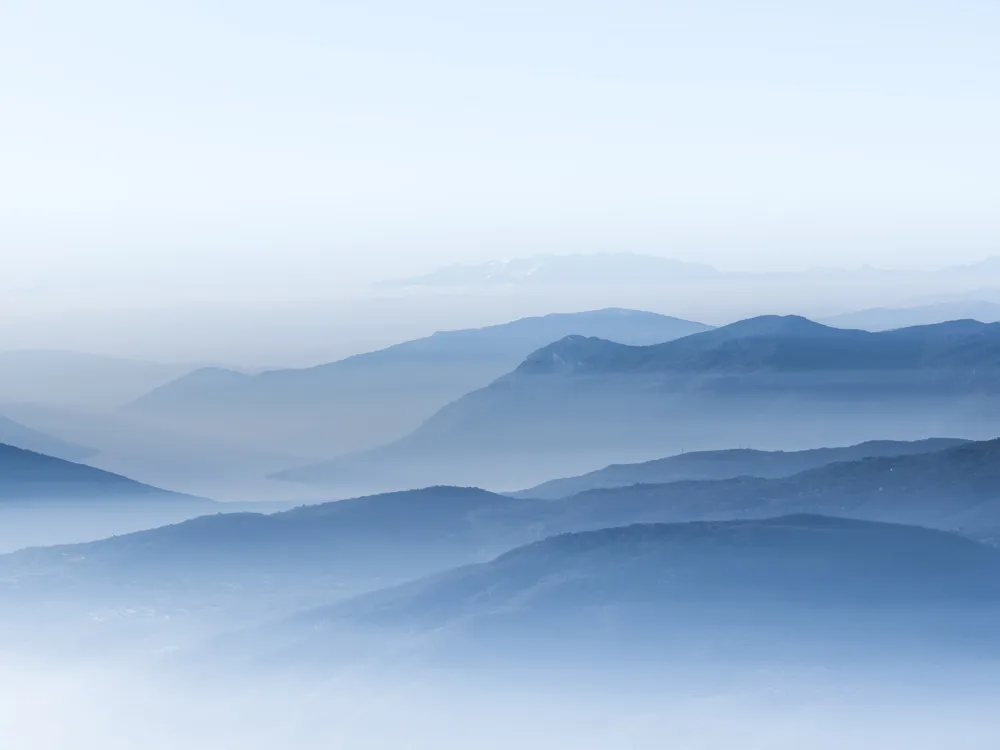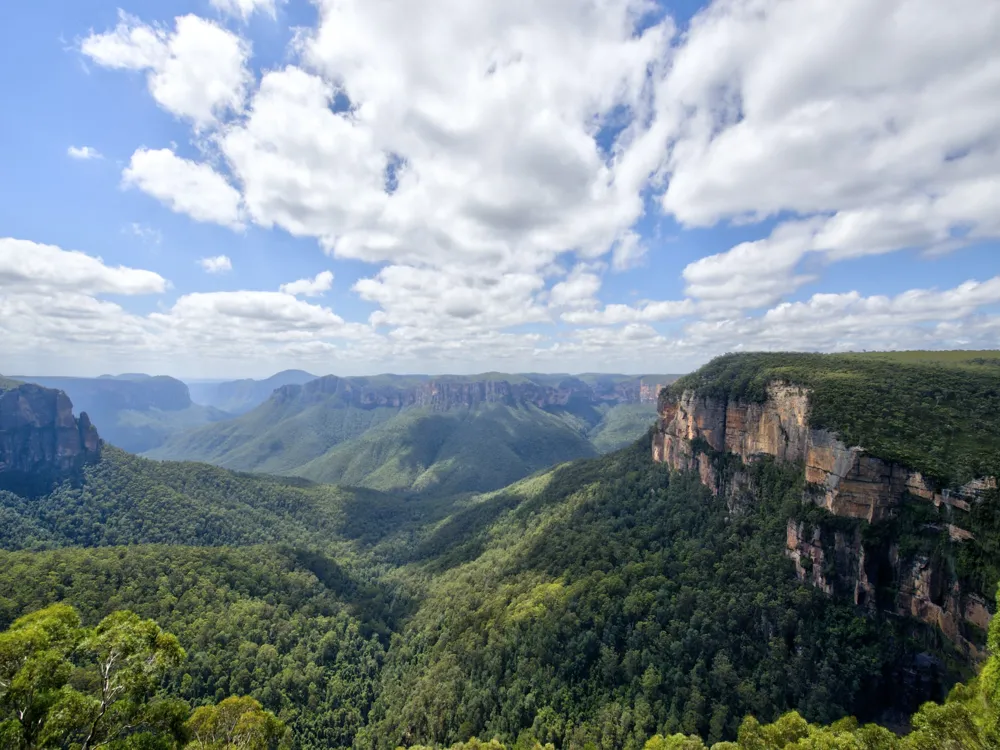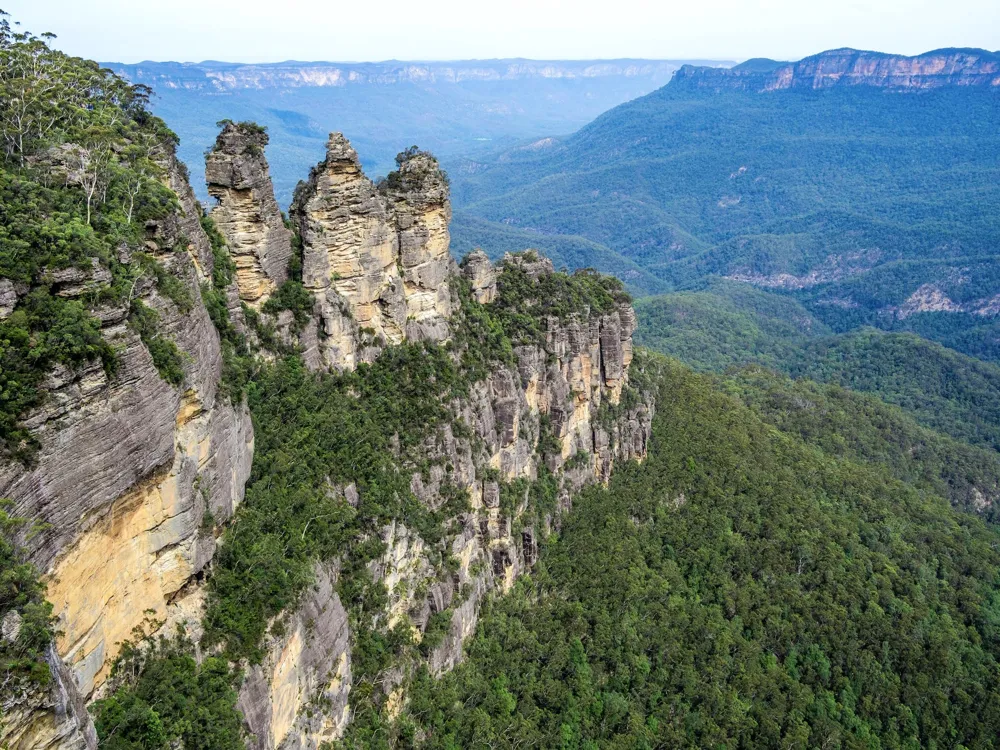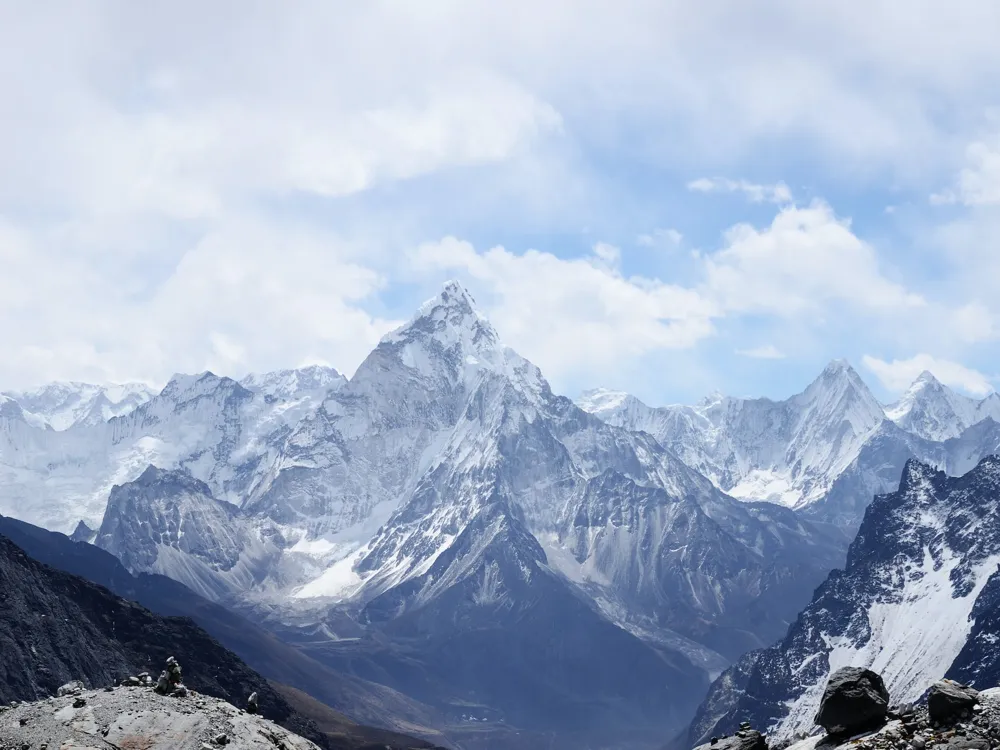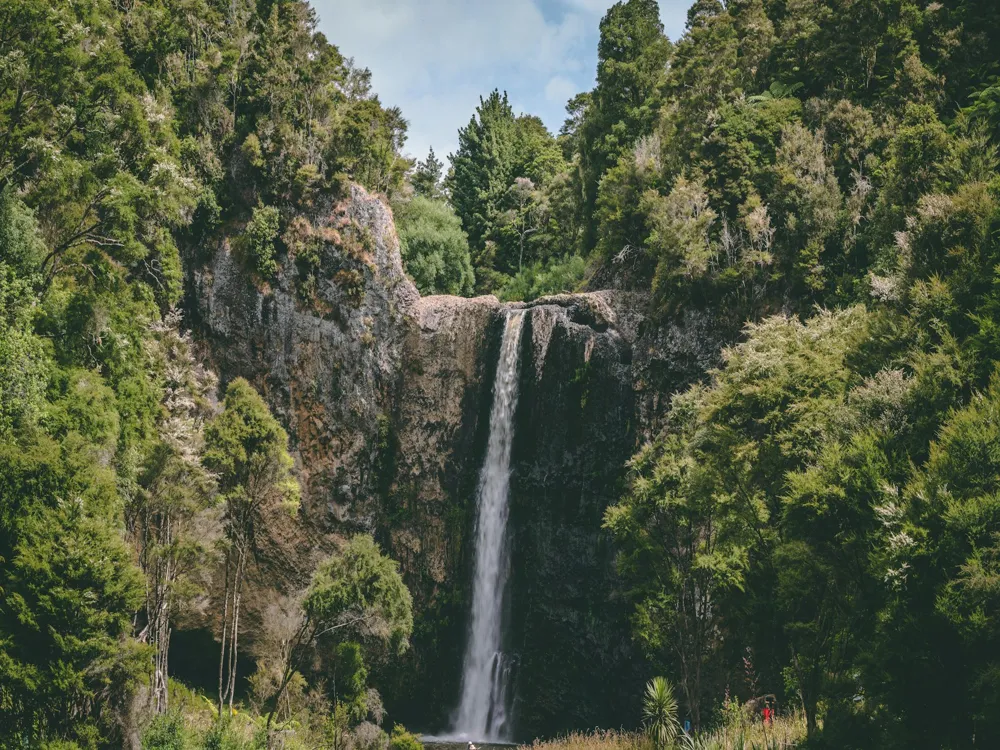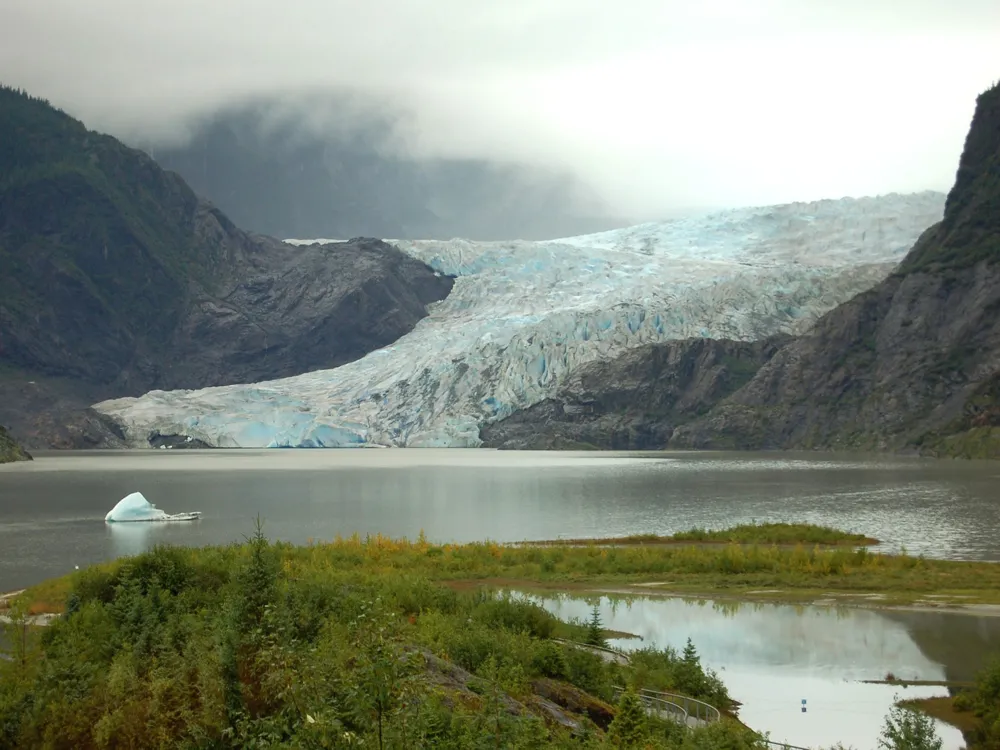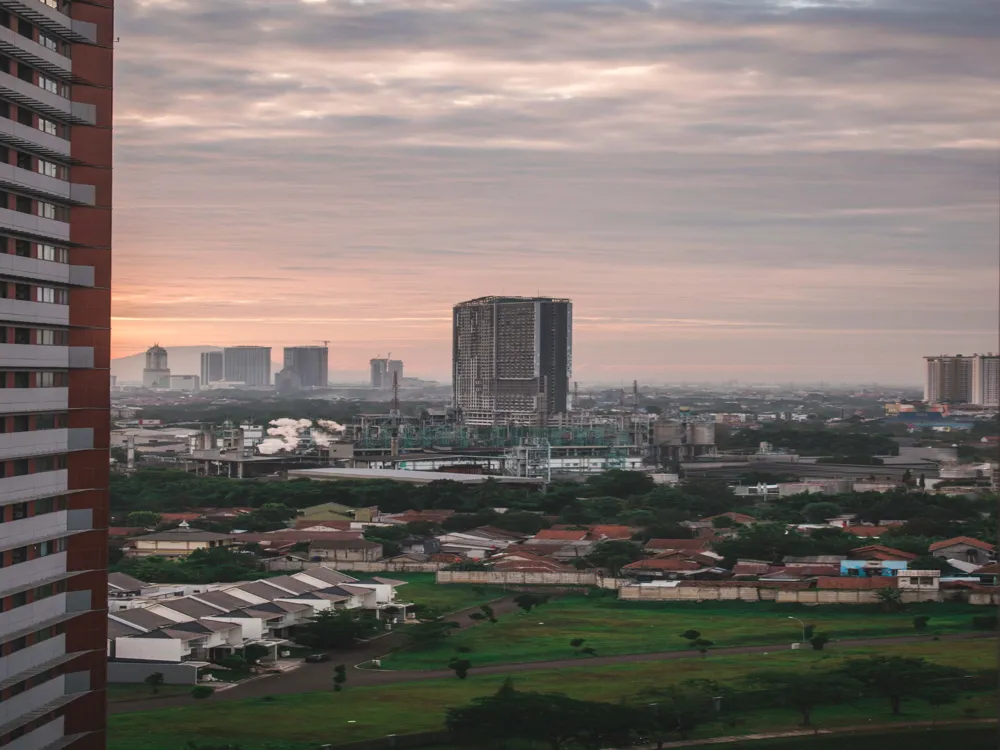Best Time to Visit Blue Mountains
Australia
8 out of 96 Places to visit in AustraliaNaN onwards View Packages
Get Customized PackagesThe Land of Diversity
Top Hotel Collections

Private Pool

Luxury Hotels

5-Star Hotels

Pet Friendly
What is the Best Time to Visit BLUE MOUNTAINS?
Introduction: The breathtaking BLUE MOUNTAINS offer a captivating escape into nature's wonders. Choosing the right time to visit is crucial for a truly enchanting experience. Let's delve into the distinct seasons and uncover the magic each holds.
Travel Peak Season in BLUE MOUNTAINS
BLUE MOUNTAINS peak season, spanning from March to June, beckons with mild weather and blooming landscapes. This period boasts ideal conditions for hiking, with picturesque views that will leave you in awe.
Travel Offseason in BLUE MOUNTAINS
While July to October marks the offseason, it brings its own charm. Fewer crowds allow for a more intimate encounter with nature. Despite occasional rainfall, this season showcases the mountains' lush greenery.
Blue Mountains Travel Packages
View All Packages For Blue Mountains
BLUE MOUNTAINS Weather in Winter (November – February)
BLUE MOUNTAINS Weather in November
As winter approaches, November introduces a gradual coolness. It's an excellent time for those who enjoy crisp air and a prelude to the snowy wonders that follow.
BLUE MOUNTAINS Weather in December
December envelops the BLUE MOUNTAINS in a winter wonderland. The landscape transforms into a magical scene, ideal for winter sports enthusiasts and those seeking a festive ambiance.
BLUE MOUNTAINS Weather in January
January continues the snowy spectacle, making it perfect for snow sports enthusiasts. The serene atmosphere and snow-covered vistas create a dreamlike setting.
BLUE MOUNTAINS Weather in February
February marks the end of winter, with the last traces of snow. This transitional period is perfect for those who enjoy a quieter retreat amid the lingering beauty of winter.
BLUE MOUNTAINS Weather in Summers (March to June)
BLUE MOUNTAINS Weather in March
As spring emerges, March brings a burst of colors and milder temperatures. It's an excellent time for outdoor activities amidst blooming flora.
BLUE MOUNTAINS Weather in April
April showcases the peak of spring, with vibrant blossoms and pleasant weather. It's an idyllic time for nature walks and exploration.
BLUE MOUNTAINS Weather in May
May brings warmer temperatures, offering a delightful transition to summer. The scenery is alive with lush greenery, making it perfect for outdoor adventures.
BLUE MOUNTAINS Weather in June
June marks the beginning of summer, characterized by warm days and cool evenings. It's an inviting time for various activities, from hiking to enjoying scenic viewpoints.
BLUE MOUNTAINS Weather in Monsoon (July – October)
BLUE MOUNTAINS Weather in July
July signals the onset of monsoon, bringing occasional rain. While outdoor activities may be limited, the misty landscapes offer a unique, tranquil beauty.
BLUE MOUNTAINS Weather in August
August continues the monsoon charm, with refreshing rain showers. It's an excellent time for those who appreciate the mountains' misty allure.
BLUE MOUNTAINS Weather in September
September sees a gradual transition from monsoon to a drier season. The landscapes regain their vibrancy, offering a unique blend of greenery and clear skies.
BLUE MOUNTAINS Weather in October
October marks the end of the monsoon, with clearer skies and lush surroundings. It's an opportune time to witness the mountains' rejuvenation after the rain.
Planning Your Perfect Getaway
Choosing the best time to visit BLUE MOUNTAINS involves understanding the unique offerings of each season. Whether you seek the snowy charm of winter, the blossoming beauty of spring, or the misty allure of monsoon, this destination promises a memorable adventure.
Conclusion
In conclusion, the BLUE MOUNTAINS cater to every traveler's preference, from winter enthusiasts to those seeking a serene monsoon retreat. Understanding the nuances of each season ensures a tailored and unforgettable experience. Embrace the magic of BLUE MOUNTAINS in your chosen season!
Places To Visit In Blue Mountains
Nearby Places Blue Mountains
Blue Mountains Photos
View All Photos For Blue MountainsBrowse Package Collections
Browse Hotel Collections
Faq
1. Q: When is the best time to visit the Blue Mountains?
A: The best time to visit the Blue Mountains is during the autumn months (March to May) when the weather is mild, and the foliage transforms into stunning hues of red and gold, creating a breathtaking landscape.
2. Q: Are there any specific events or festivals that make certain times of the year more appealing?
A: Yes, the Blue Mountains hosts the Leura Gardens Festival in October, showcasing the region's beautiful gardens. Additionally, the Winter Magic Festival in June and Yulefest celebrations in July provide unique experiences.
3. Q: What is the weather like during the different seasons in the Blue Mountains?
A: Summer (December to February) can be warm, with occasional rain. Autumn offers mild temperatures and colorful scenery. Winter (June to August) is cool, sometimes with snow, and spring (September to November) is cool with blooming flora.
4. Q: Is wildlife more active during a specific season?
A: Wildlife is generally active year-round, but spring is particularly notable for birdwatching as many species display breeding behaviors and vibrant plumage.
5. Q: Are there any considerations for avoiding crowds during peak tourist seasons?
A: To avoid crowds, consider visiting on weekdays rather than weekends. Early mornings or late afternoons also provide a more tranquil experience at popular attractions.

